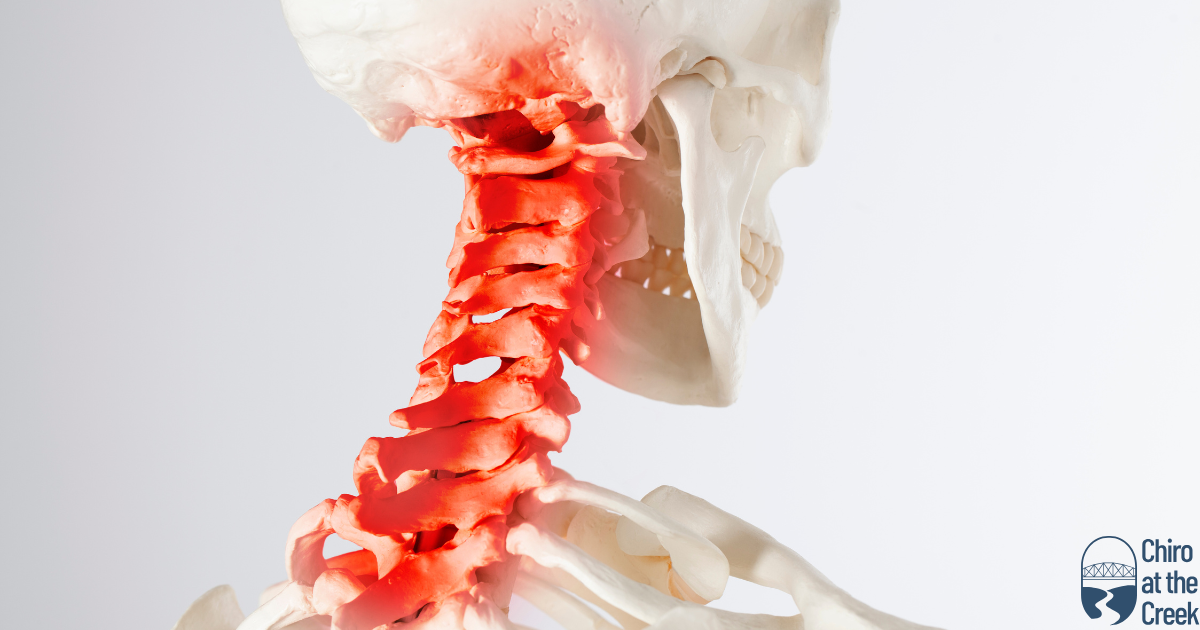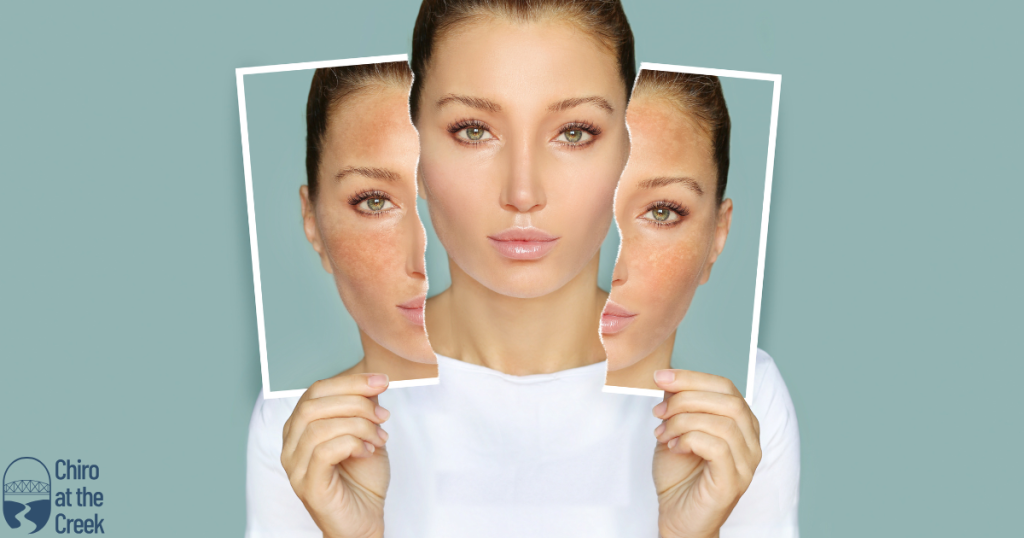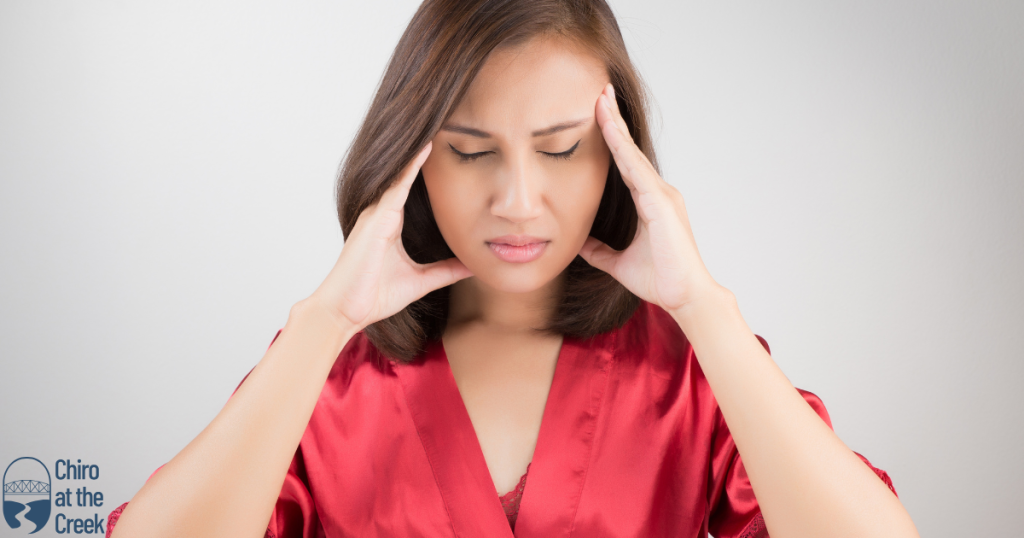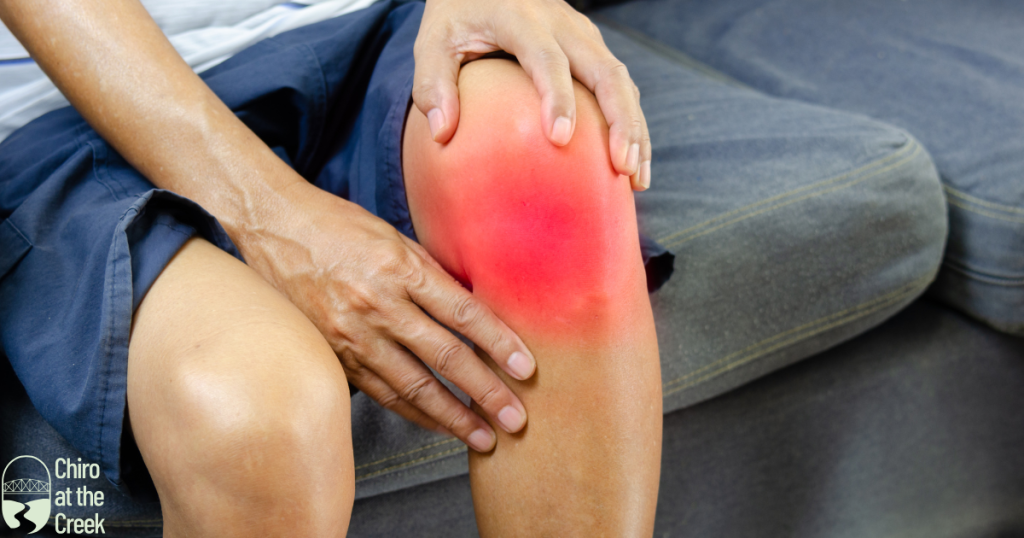The cervical curve, commonly referred to as the cervical lordosis, plays a vital role in maintaining overall spinal health and, subsequently, the body’s ability to heal. This natural curvature in the neck not only supports proper posture but also influences neurological function and circulatory health. Research underscores the significance of a well-formed cervical curve, revealing that deviations from this norm can lead to various health issues.
Understanding the Cervical Curve
The cervical curve in the neck is a critical component of spinal health and overall body function. This natural, C-shaped curve—typically between 40° and 45°—helps protect the spinal cord and brainstem by creating a relaxed, tension-free environment for nerve transmission between the brain and body. When the cervical curve is lost or reversed, it can place mechanical tension on the spinal cord, leading to disrupted nerve communication, impaired healing, and dysfunction in various body systems.
In addition to protecting the nervous system, the cervical curve plays an essential role in weight distribution. Your head weighs approximately 10–12 pounds, and a healthy curve allows the spine to support this weight efficiently. For every inch the head moves forward due to poor posture or loss of cervical lordosis, the spine must absorb an additional 10 pounds of force. This leads to accelerated disc degeneration, joint stress, muscle fatigue, and chronic pain. The curve also maintains proper balance and postural alignment. When it’s altered, the rest of the spine often compensates, resulting in poor posture, back pain, and biomechanical imbalances throughout the body.
Perhaps most importantly, the cervical curve influences the autonomic nervous system, which governs vital functions such as heart rate, digestion, immune response, and stress regulation. Because nerves like the vagus nerve run through the cervical spine, any abnormal alignment can interfere with organ function.
Importance of the Cervical Curve in Healing
Research has demonstrated that an optimal cervical curve is crucial for the effective functioning of the central nervous system. A study published in the Journal of Manipulative and Physiological Therapeutics found that individuals with a normal cervical lordosis reported lower incidences of headaches, neck pain, and associated disorders. These issues are often exacerbated by poor cervical posture, which can lead to nerve compression and reduced blood flow to the brain. Maintaining the cervical curve, therefore, aids in minimizing these pain syndromes and promotes healing.
When the curve is lost, reversed, or misaligned (a condition known as cervical hypolordosis or kyphosis), the spinal cord can become stretched or compressed. This tension can interfere with nerve signals, delay cellular repair, and contribute to chronic pain, fatigue, and dysfunction. Research by Moustafa and Diab (2014) found that patients who underwent treatment to restore their cervical curve experienced significantly better long-term healing outcomes, including reduced pain and improved nerve function.
In essence, the cervical curve isn’t just structural—it’s neurological. It plays a critical role in creating an environment where the body can heal, regulate inflammation, and recover from injury or illness. Maintaining or restoring this curve supports not only spinal health but also immune function, hormonal balance, and overall well-being. For anyone experiencing chronic health challenges, evaluating and correcting the cervical curve may be a missing link in the healing process.
The Role of Alignment in Neurological Function
A well-aligned cervical spine directly influences neurological function. The spinal cord runs through the vertebral column, and any misalignment can impede nerve signals traveling to and from the brain. According to research published in the Spine Journal, abnormalities in cervical curvature are correlated with cervical radiculopathy, a condition that leads to pain and dysfunction due to nerve irritation. Proper alignment of the cervical spine helps support unobstructed nerve signaling, enhancing body healing mechanisms and overall well-being.
Practical Steps to Preserve Cervical Curvature
- Posture Awareness: Being mindful of posture while sitting, standing, and sleeping can significantly influence cervical health. Using ergonomic furniture can help maintain the natural curve. If you sit at a desk all day make sure the computer monitor is up higher so you are not looking down. Raising the monitor up will make sure the proper neck curve is being formed.
- Exercise: Engaging in neck-strengthening and stretching exercises can help preserve the cervical curve. Physical therapy often includes specific drills to enhance cervical stability and strength.
- Chiropractic Care: Regular chiropractic adjustments can help realign the cervical spine and restore its natural curvature. Studies indicate that chiropractic care not only relieves pain but also promotes healing by enhancing spinal health. The cervical curve can be corrected using a combination of chiropractic care and cervical traction, which work together to restore the spine’s natural alignment and reduce tension on the nervous system. Chiropractors use specific spinal adjustments—often part of techniques like Chiropractic BioPhysics (CBP)—to realign the vertebrae and improve joint function. Cervical traction devices, such as a Denneroll or specialized traction tables, apply gentle, sustained stretching to the neck in a curved position, encouraging the spine to return to its proper lordotic shape. Over time, these treatments help reshape spinal ligaments, reduce muscle imbalances, and relieve pressure on discs and nerves, allowing the body to heal more effectively and maintain long-term postural correction.
Conclusion
Maintaining the cervical curve is not merely an issue of aesthetics; it is fundamental to overall health and the body’s ability to heal effectively. Extensive research highlights its role in reducing pain, enhancing neurological functions, and preventing further complications associated with misalignment. By understanding the importance of the cervical curve, individuals can take proactive steps toward preserving their neck health, leading to a more resilient and thriving body. As new studies continue to emerge, the evidence supporting proper cervical curvature establishes a crucial foundation for effective healing and overall well-being.













